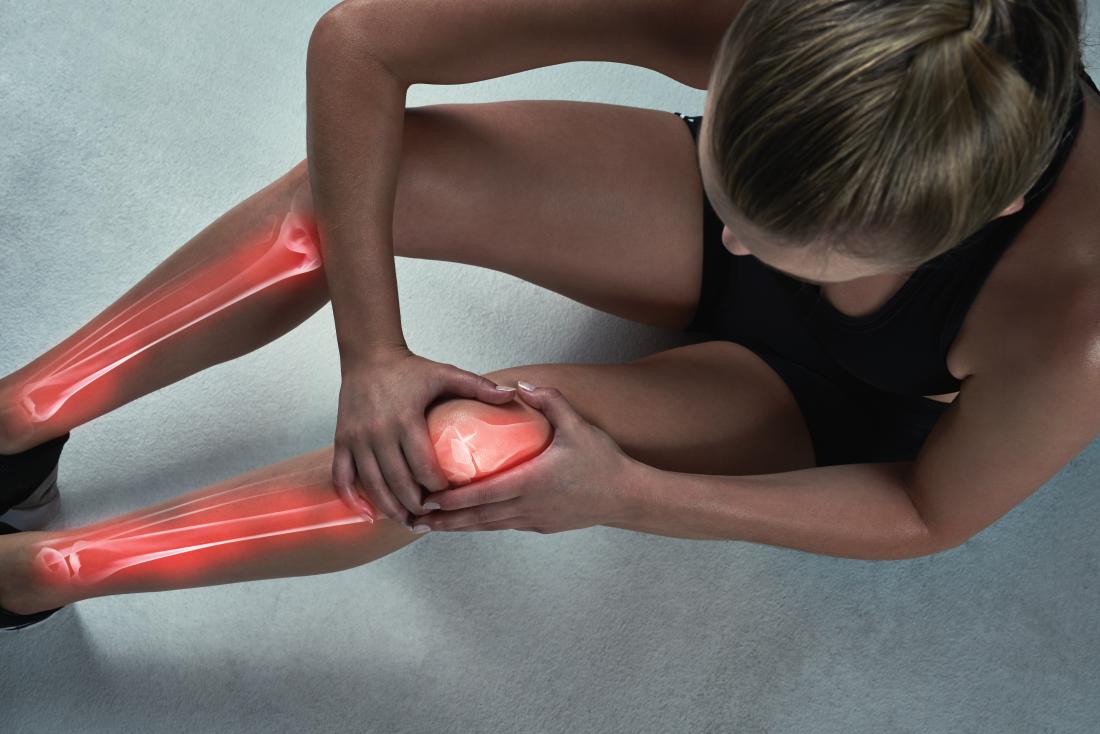Bone infections, also known as osteomyelitis, can present with a variety of symptoms and are diagnosed through a combination of clinical evaluation and diagnostic tests. Here’s an overview:
Symptoms
Pain: Localized pain in the affected bone, which may be severe and persistent.
Swelling: Swelling and warmth in the area over the infected bone.
Redness: Redness and tenderness at the site of infection.
Fever: Elevated body temperature or fever.
Chills: Accompanied by chills or other systemic symptoms.
Fatigue: General feeling of fatigue or malaise.
Limited Movement: Reduced range of motion or difficulty moving the affected limb.
Drainage: In chronic cases, there might be pus or other drainage from a wound or an open sore near the infection site.
Diagnosis
1. Medical History and Physical Examination: A thorough assessment of symptoms, medical history, and physical examination of the affected area. The doctor will look for signs of infection and inquire about recent injuries, surgeries, Top orthopedic doctor in kota or underlying conditions like diabetes or immune disorders.
2. Blood Tests: Blood tests can reveal signs of infection, such as elevated white blood cell count or elevated inflammatory markers like C-reactive protein (CRP) and erythrocyte sedimentation rate (ESR).
3. Imaging Studies:
— X-rays: Initial imaging to look for bone changes, though early infections may not always show up.
— MRI (Magnetic Resonance Imaging): Provides detailed images of soft tissues and can detect early changes in the bone and surrounding tissues.
— CT Scan (Computed Tomography): Offers detailed cross-sectional images of the bone and can help identify abscesses or bone destruction.
— Bone Scintigraphy (Bone Scan): Uses a small amount of radioactive material to identify areas of increased bone activity.
4. Bone Biopsy: A sample of bone tissue is taken to identify the causative organism and assess the extent of infection. Top orthopedic doctor in kota This can be done via needle biopsy or through surgery.
5. Cultures: Samples from the biopsy or any discharge are cultured to identify the specific bacteria or fungi causing the infection. This helps guide appropriate antibiotic or antifungal treatment.
Early diagnosis and treatment are crucial to managing osteomyelitis effectively and preventing complications. If you suspect a bone infection, it’s important to seek medical attention promptly.
#spinesurgeoninkota#spinespecialistinkota#slippeddiscspecialistinkota#bestorthopedicdoctorinkota#bestorthopedicdoctorinkota#orthopedicdoctorinkota#bestorthopedicdoctorinkota#toporthopedicdoctorinkota#orthopedicdoctorkota





Comments